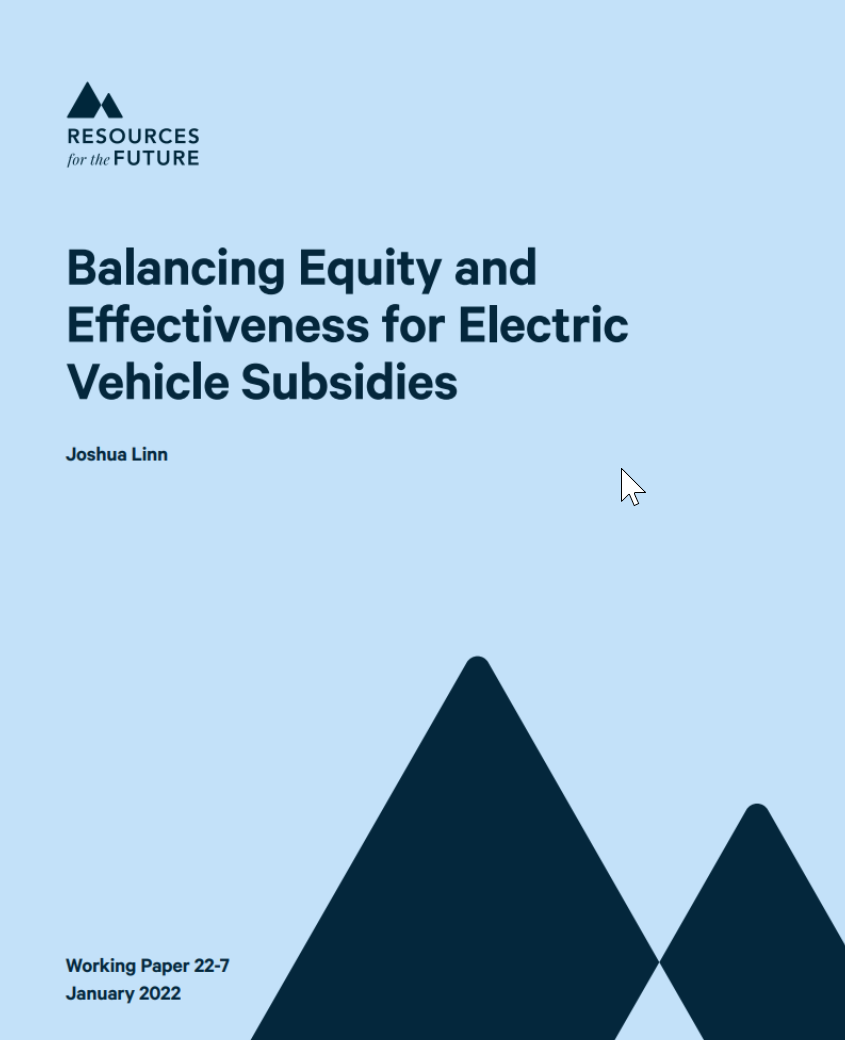Subsidizing greenhouse-gas-reducing consumer products is politically popular, but recent literature on subsides ignore effects on product entry and interactions with other climate policies. This paper considers welfare and distributional effects of subsidies for electric vehicles. I compare subsidy scenarios using a new equilibrium model of the US new vehicles market that endogenizes vehicle entry and accounts for interactions among subsidies and other policies. Income-based subsidies are more effective and more equitable than uniform subsidies. Accounting for interactions with other policies substantially reduces estimated efficacy and increases progressivity of income-based subsidies.
More About this Resource
Publisher: Resources for the Future
Date: January 7, 2022
Type: Research Reports
Tags: Economic Benefits, Emissions
Countries: United States
States: None
